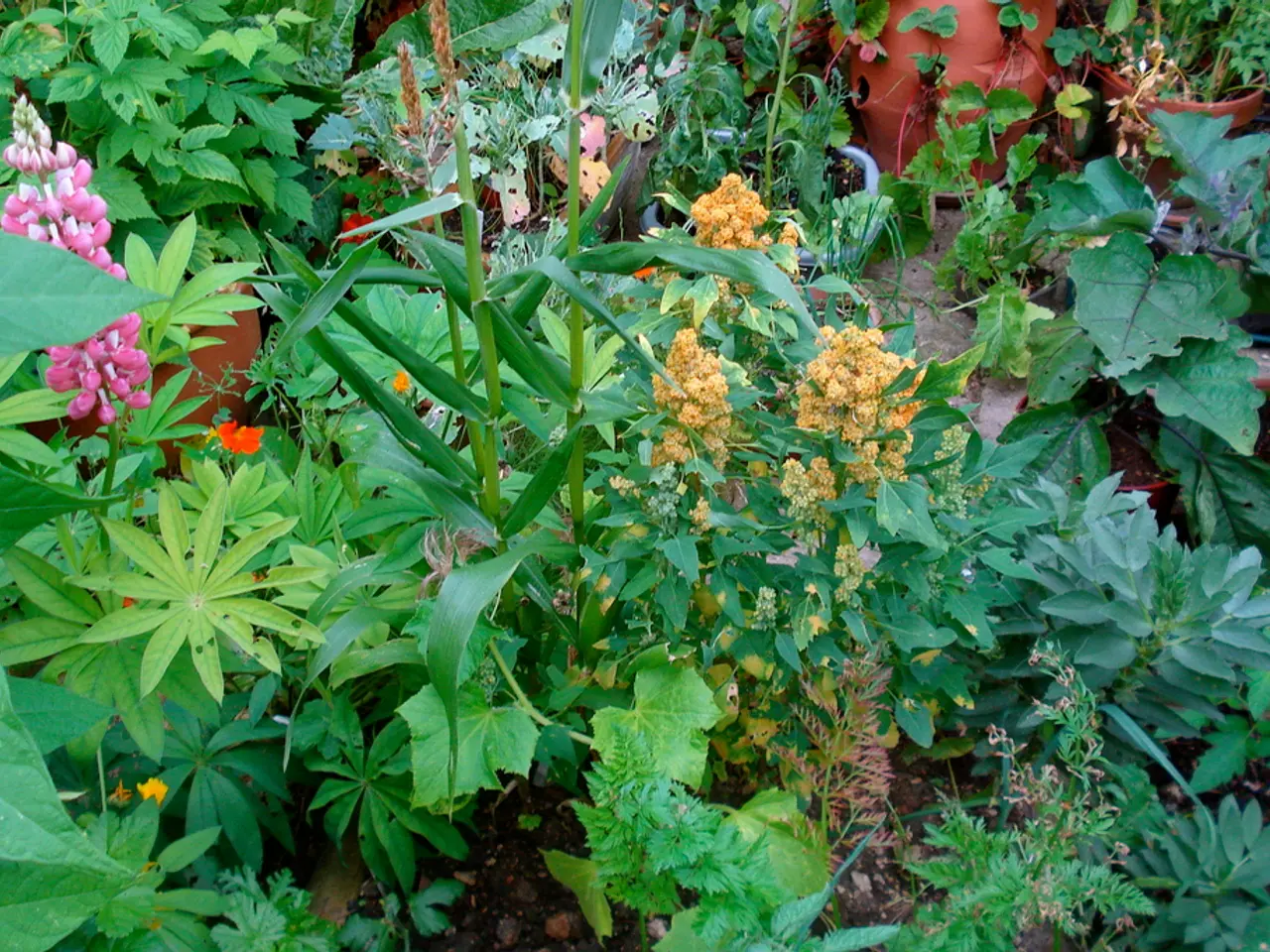Comparing Terrariums, Vivariums, and Other 'Ariums': A Comprehensive Breakdown
In the realm of natural habitats, various containers have been created to replicate and care for a wide array of creatures and plants. Among these, terrariums, vivariums, aquariums, paludariums, and mossariums stand out as the most popular choices.
A terrarium, derived from the Latin words 'terra' (earth) and 'vivere' (to live), is a container designed to replicate a terrestrial environment. Often used for growing plants or housing land-based animals like reptiles or insects, terrariums primarily focus on soil, plants, and dry or humid air environments without substantial water bodies.
On the other hand, the term 'vivarium' is a broader term encompassing any enclosed space used to keep living animals or plants under conditions simulating their natural habitat. Vivariums can be terrestrial, aquatic, or semi-aquatic. Essentially, all terrariums, aquariums, and paludariums are types of vivariums.
An aquarium, specifically designed to hold aquatic animals and plants, is entirely filled with water. Aquariums replicate underwater environments suitable for fish, aquatic plants, and other water-dwelling organisms.
Paludariums, a specialized type of vivarium, combine both terrestrial and aquatic elements. It has distinct sections of land and water, allowing for species that require both habitats or a humid environment with water features. Paludariums can include tropical biomes with plants and animals adapted to moist and partially submerged conditions.
Mossariums, a container focused on cultivating moss, emphasize the growth of moss species often for decorative or habitat purposes. It’s a type of terrarium but specifically tailored to moss culture, maintaining the moisture and light conditions mosses need.
Each container type has its unique characteristics and purposes. Understanding these differences is crucial to providing the appropriate environment for the intended inhabitants. For instance, following a shopping list or tutorial for the wrong container (terrarium or vivarium) can lead to failure in maintaining the appropriate conditions for the intended inhabitants.
Here's a summary table to help you distinguish between these container types:
| Container Type | Environment Replicated | Typical Use | |-----------------|--------------------------------|---------------------------------| | Terrarium | Terrestrial (land only) | Plants, reptiles, insects | | Vivarium | Any natural habitat (land/water/combination) | General term for enclosures housing living organisms | | Aquarium | Fully aquatic | Fish, aquatic plants, aquatic animals | | Paludarium | Combined terrestrial + aquatic | Semi-aquatic plants & animals, tropical biomes | | Mossarium | Moist terrestrial, moss-focused| Cultivating moss for display or habitat |
In essence, 'vivarium' is the umbrella term, while the others specify particular habitat types within that. Paludariums are notable for blending land and water environments, whereas aquariums are exclusively aquatic, and terrariums are strictly land-based. Mossariums specialize further on moss cultivation within a terrarium-like setup.
A terrarium, specifically designed for terrestrial environments, focuses primarily on soil, plants, and dry or humid air environments without substantial water bodies. On the other hand, a mossarium is a container dedicated to the growth of moss species, often for decorative or habitat purposes, which can be considered a specific type of terrarium.





